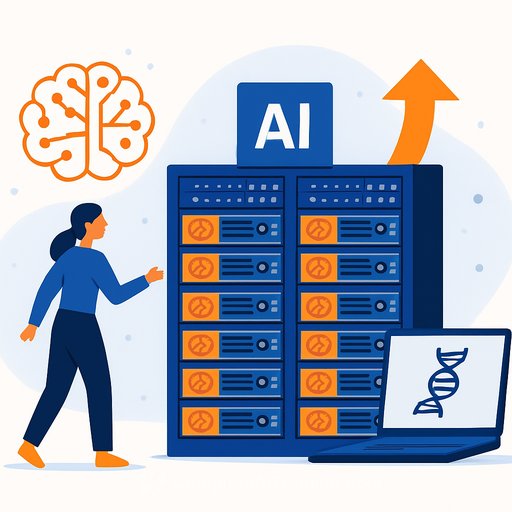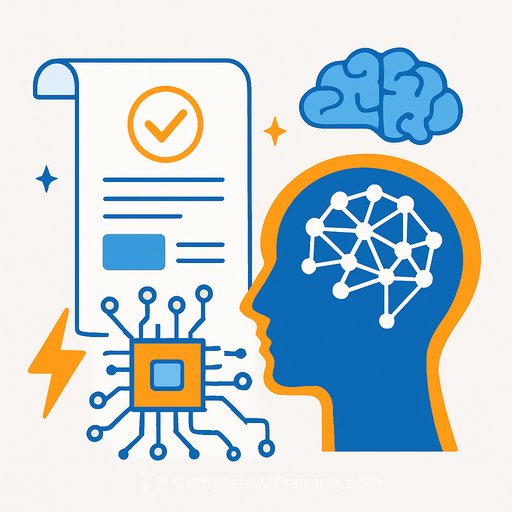UT Austin Doubles AI Compute Capacity for Research
Science & Technology - Nov 10, 2025
AUSTIN, Texas - The Center for Generative AI at The University of Texas at Austin is doubling its GPU cluster to more than 1,000 advanced units. This jump puts large-scale training and experimentation squarely within reach for campus researchers, making UT one of the few academic sites where foundation models can be built from scratch.
What this enables
- End-to-end model training: Build, pretrain, and fine-tune large models with full visibility into datasets, objectives, and trade-offs.
- Biosciences and health: Faster iteration on vaccine candidates, advanced medical imaging, and personalized medicine pipelines.
- Computer vision and video: Higher-fidelity enhancement, denoising, and compression research at production scale.
- NLP: More accurate language models tuned for domain-specific corpora and downstream tasks.
Many of these workloads demand hundreds of GPUs running in parallel across massive datasets. The expanded cluster shortens training cycles, supports larger batches, and opens the door to more ambitious experiments.
Access and open-source posture
While much of UT's AI compute serves researchers beyond the university, the Center for Generative AI is dedicated to UT faculty and students. That focus means state-of-the-art chips and frequent access for campus teams, paired with an open-source stack that supports research in the public interest.
Adam Klivans, director of the NSF Institute for Foundations of Machine Learning, said the scale will help academia tackle larger real-world problems, speed discovery, and expand opportunities for researchers across disciplines.
Funding and hardware
The Texas Legislature appropriated $20 million to cover a portion of the new GPUs. The upgrade includes the most advanced chip designs available, adding significant compute capacity for training, inference, and data-intensive pipelines.
Why training from scratch matters
- Interpretability: Researchers can see which features and signals drive model outputs, which helps mitigate bias and guides follow-up experiments.
- Accuracy downstream: Full control over pretraining and fine-tuning improves reliability for clinical, scientific, and safety-critical uses.
- Reproducibility: Open methods and transparent datasets make results easier to audit and share.
For researchers: practical implications
- Faster loops: Shorter pretrain and fine-tune cycles reduce time-to-result for grant milestones and publications.
- Bigger experiments: Multi-node distributed training supports larger models, longer sequences, and richer evaluation.
- Priority access: Dedicated scheduling for UT teams means fewer bottlenecks during peak proposal and conference windows.
- Governance: Local training helps align data handling with IRB requirements and domain-specific compliance.
Open-source computing at UT-and across academia-remains nonproprietary and adaptable, enabling methods that serve the public interest while advancing multiple fields.
Keep building your edge
If you're leading AI projects in a lab or research group, you can review curated training paths for scientific roles here: AI courses by job.
Your membership also unlocks:






